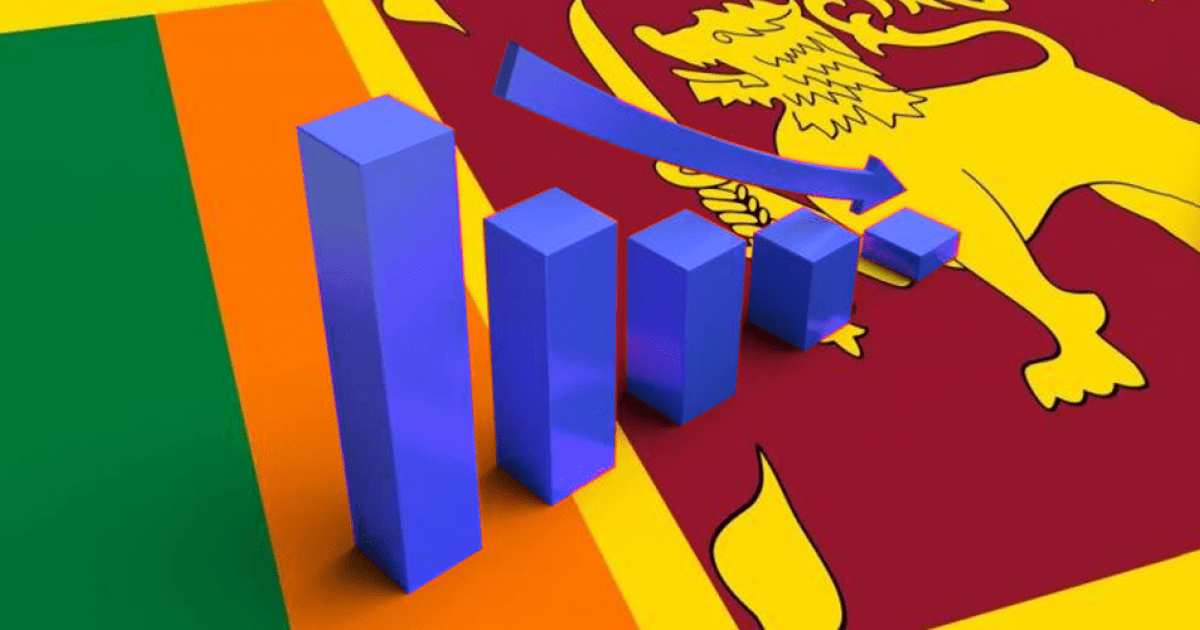Sri Lanka defaulted on its $51 billion foreign debt on Tuesday, as the island nation faces its worst economic crisis in recent memory and widespread calls for the government’s resignation. Acute food and fuel shortages, as well as long daily power outages, have wreaked havoc on the country’s 22 million people in the country’s most painful downturn since independence in 1948.
Crowds have attempted to storm the homes of government leaders in recent weeks, with security forces using tear gas and rubber bullets to disperse protesters. Prior to an IMF bailout, Sri Lanka’s finance ministry said the country had defaulted on all external obligations, including loans from foreign governments.
According to a statement from the ministry, “the government is taking the emergency measure only as a last resort in order to prevent further deterioration of the republic’s financial position.” Creditors had the option of capitalizing any interest payments due to them or opting for repayment in Sri Lankan rupees, according to the ministry. After the coronavirus pandemic decimated vital tourism and remittance revenue, Sri Lanka’s spiraling economic crisis began with an inability to import basic goods.
To conserve its foreign currency reserves and use them to service the debts it has now defaulted on, the government imposed a broad import ban. Government mismanagement, years of accumulated debt, and ill-advised tax cuts, according to economists, have exacerbated the crisis. Long lines form every day around the island nation to buy scarce supplies of petrol, gas, and kerosene for cooking stoves, indicating widespread public dissatisfaction with the government.
On the fourth day of protests calling for President Gotabaya Rajapaksa’s resignation, thousands of people camped outside his seafront office in Colombo.
Sri Lanka’s rating downgraded
Sri Lanka’s credit rating was downgraded by international rating agencies last year, effectively preventing the country from accessing foreign capital markets to raise new loans and meet the demand for food and fuel. Sri Lanka had asked India and China for debt relief, but both countries instead offered more credit lines to buy goods from them.
Official figures show that China and Japan, two key bilateral sovereign creditors, hold about 10 percent each of Sri Lanka’s foreign debt while India’s share is under five percent. Market borrowings in the form of international sovereign bonds and other similar instruments account for just under half of Sri Lanka’s debt. According to estimates, Sri Lanka will need $7 billion to service its debt this year, despite having only $1.9 billion in reserves at the end of March.

